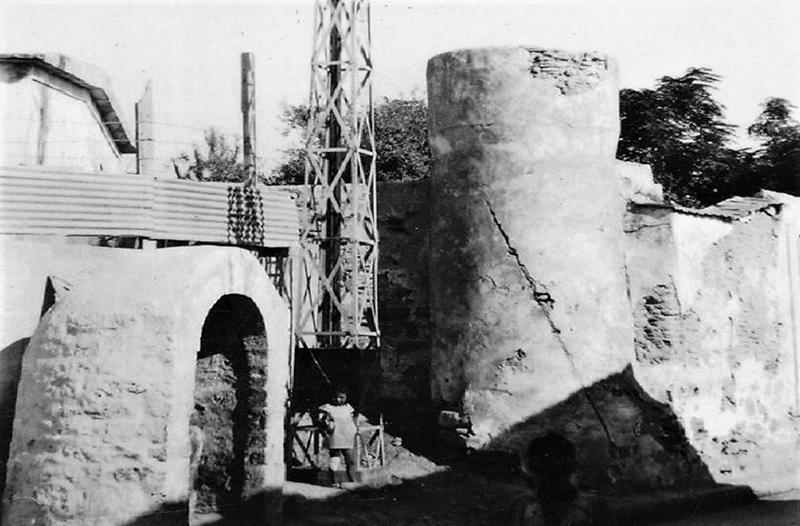
One of the busiest areas in the city center, Jamouda, carries its own story, which begins in the years of the Ottoman domination. A reference point for Limassol, today, it is strongly present in the daily life of Limassolians. Nevertheless, few know the history of the region, and although "Jamouda" (taken from the Turkish word “cami” which means mosque) refers to the Turkish language, its history is not widely known.
Jamouda is one of the oldest Turkish Cypriot districts in Limassol. In the years of the Turkish occupation, following the customs of their religion, the Ottomans built a mosque, named Alaja. The Alaja mosque, although small in size, served the inhabitants of the Kesoglu parish, who used to pray in it, or visit it for their religious traditions, and the various festive happenings on Ramadan.
The Alaja mosque never had an impressive figure to the city, but it was very well-known to the area. The building was made of stone and had a rectangular shape, while it contained lavatories and a faucet with clean water so the residents could be cleansed. Over the years and with the end of the Turkish domination on the island, the mosque didn’t get any more maintenance, so it was abandoned.
The ruins of the mosque were then demolished, and then, a Greek Cypriot company, renting space from Evcaf (responsible for the supervision and administration of all mosque-owned properties, Muslim cemeteries and educational institutions) and wanting to give and with a desire to give a different feeling to the area, created an amusement hall, in the place where the mosque was. In that way, the Rivoli cinema was erected, but it was replaced after years by another cinema, Rio Cinema. Rio cinema is still located in the city, on Ellados Street.
Today, Jamouda, is a central location in the city and it is crossed by busy streets, such as Ellados Street, Agia Fylaxeos Street and Gladstonos Street. Although years have passed, and the area doesn’t remind the neighborhood where the Alaja mosque was once built, the district gets its name from the small mosque and is called Jamouda - a name that still has until today.
Source of information: "Echoes from the past" (2008)
Photos: Titos Kolotas, Pattichio Municipal Museum - Historical Archive - Limassol Study Center